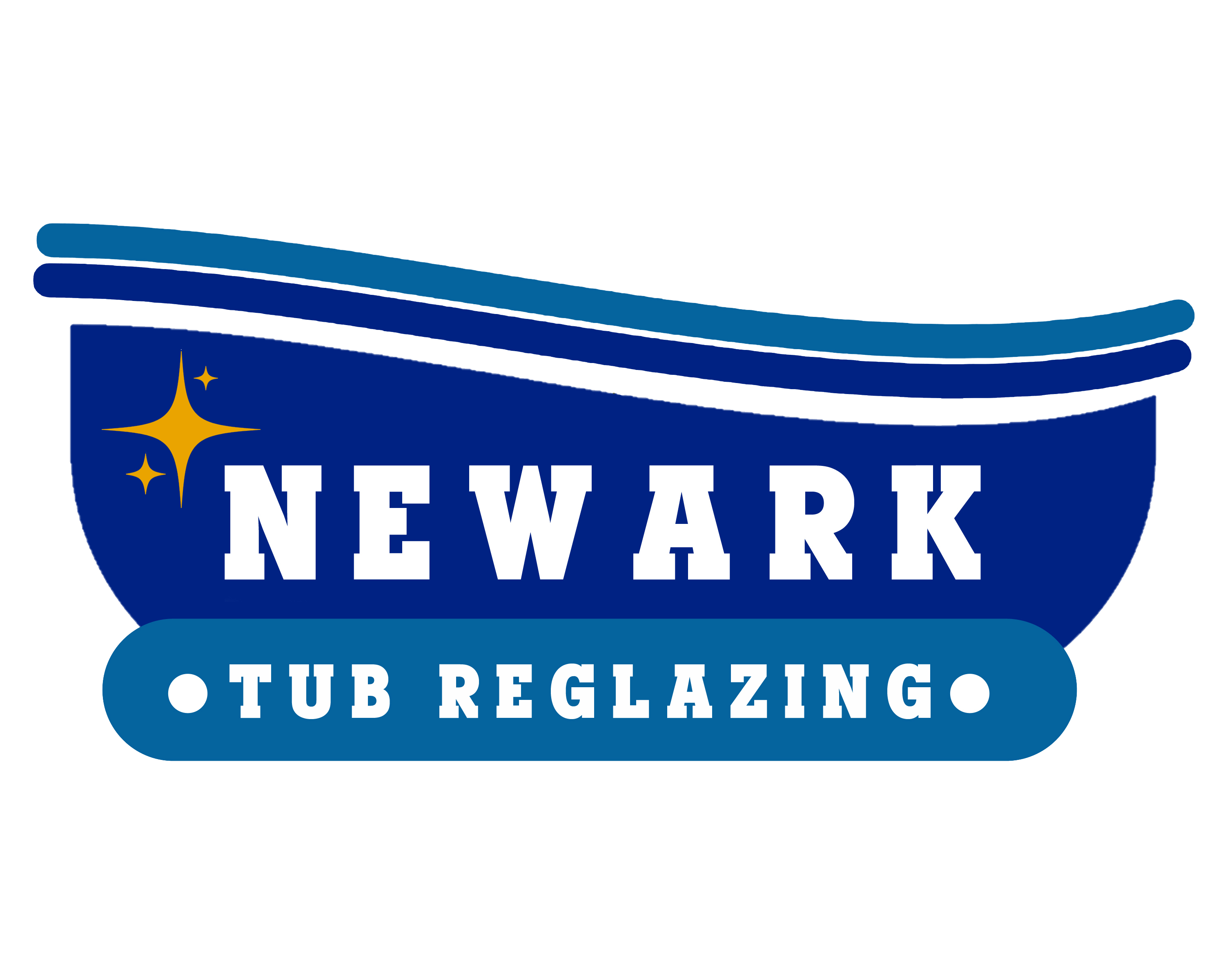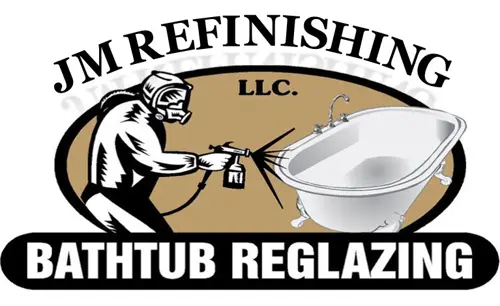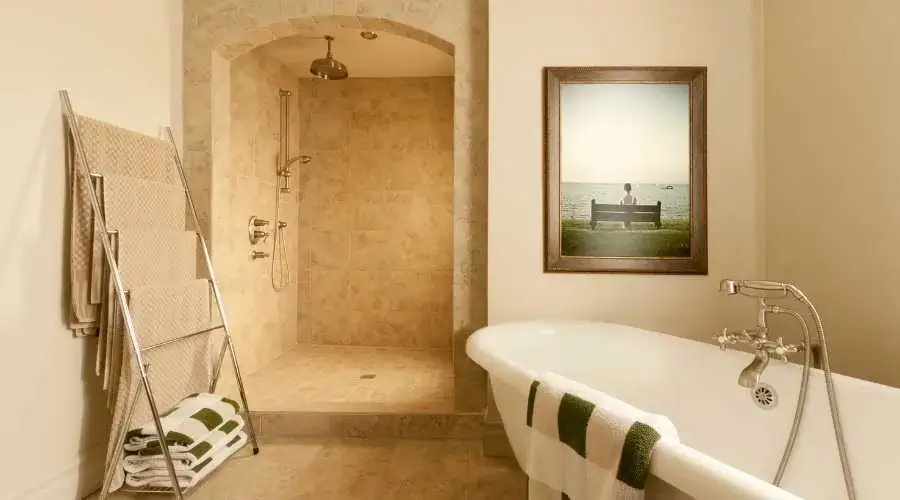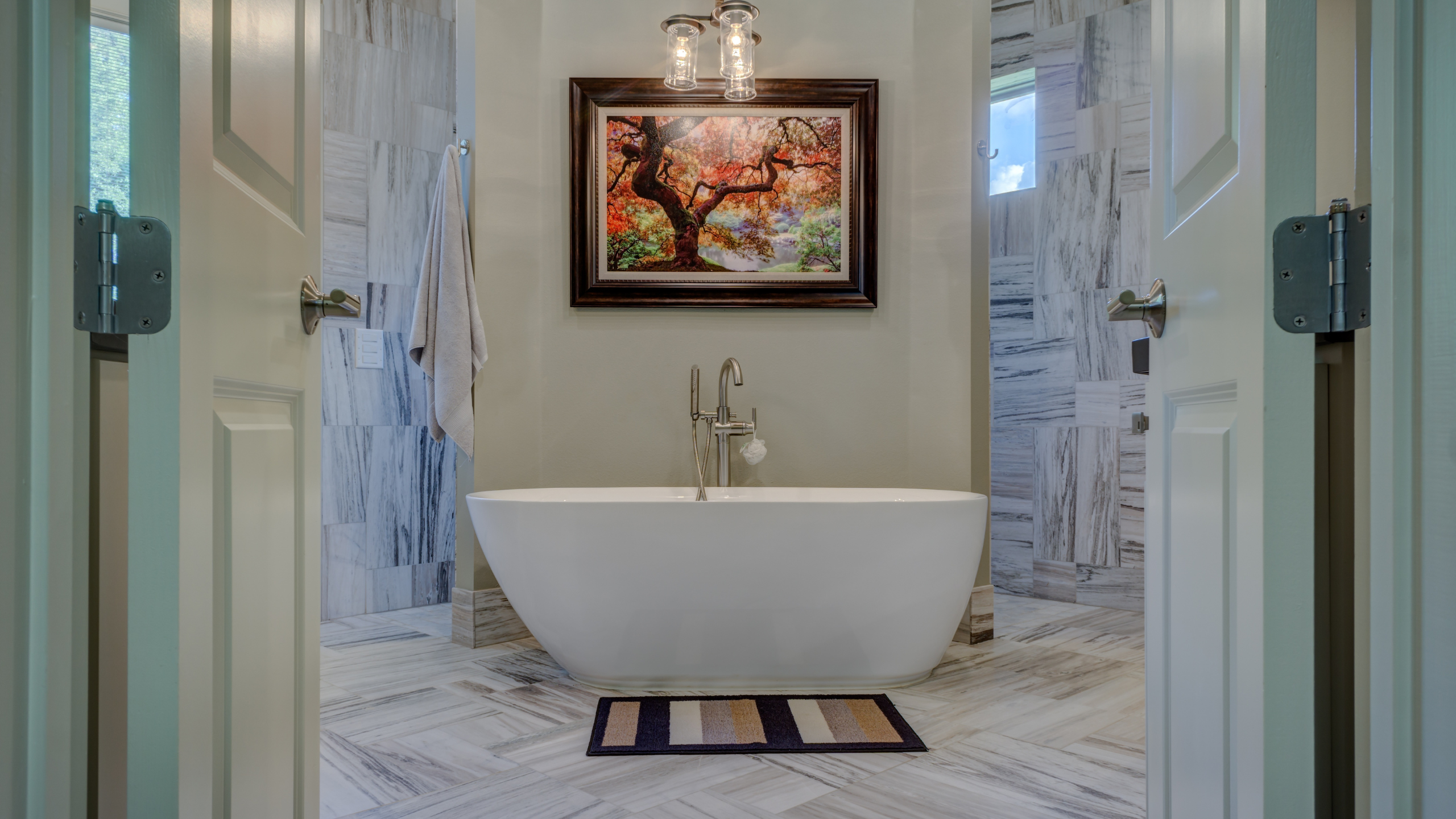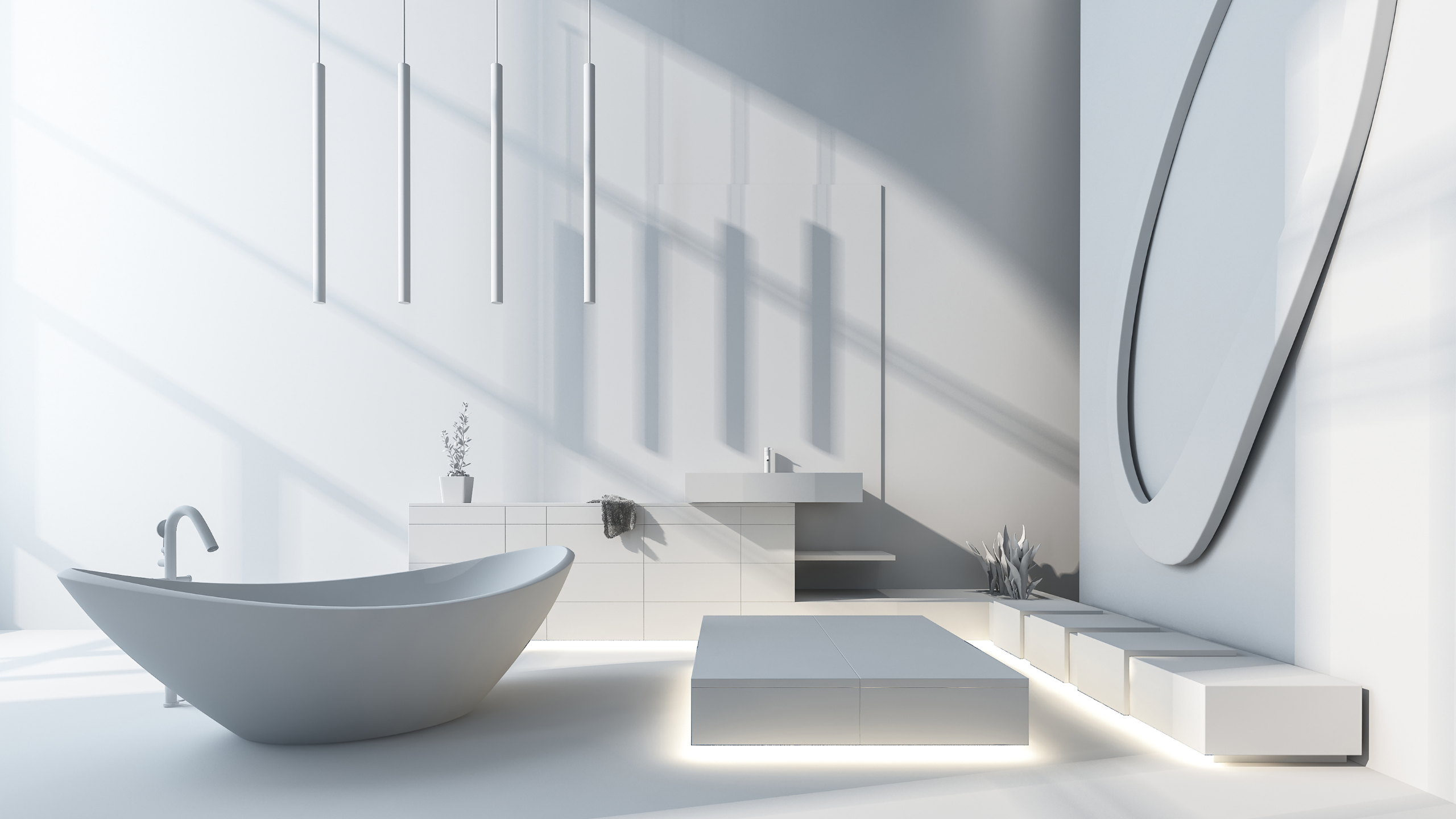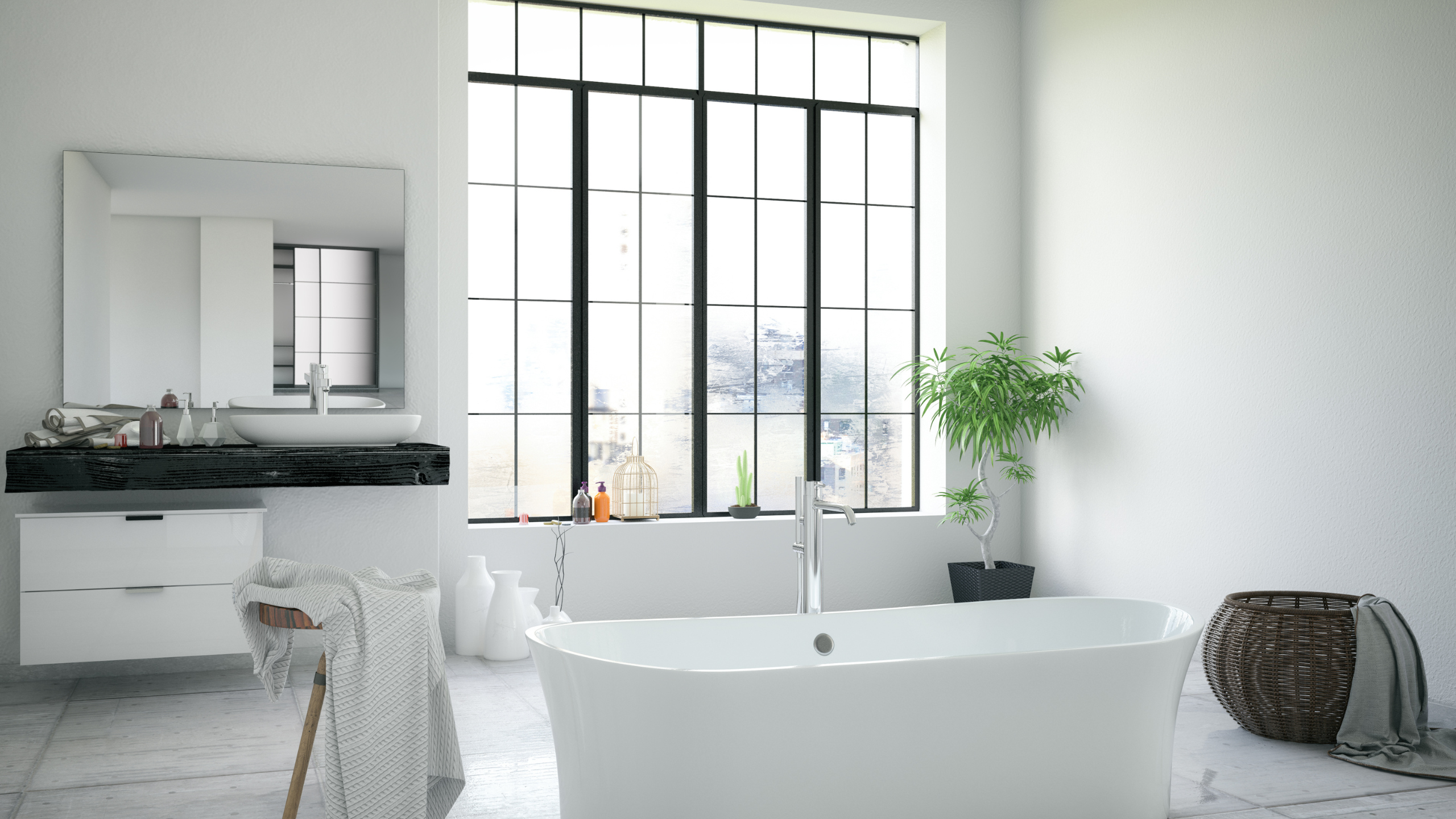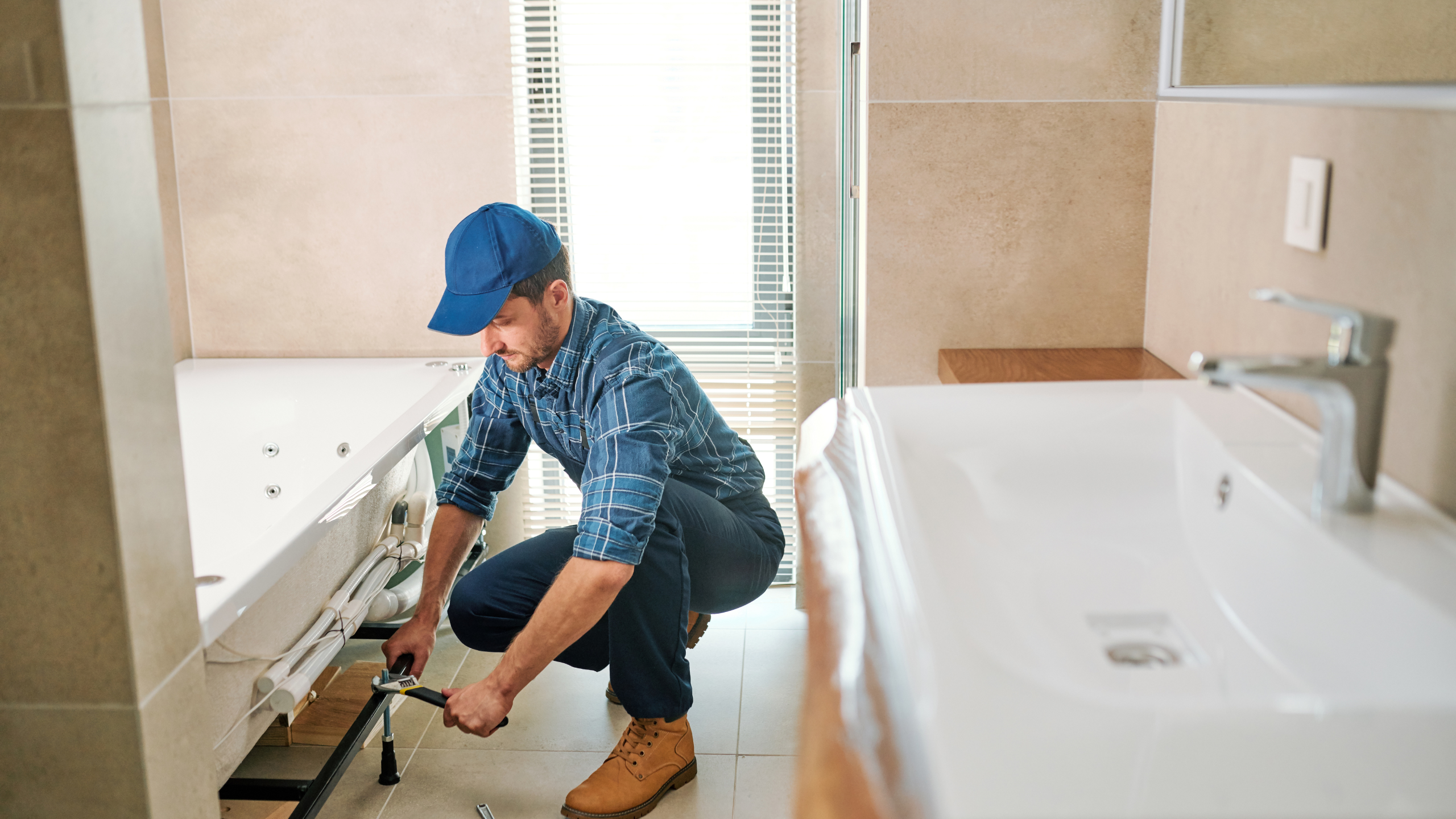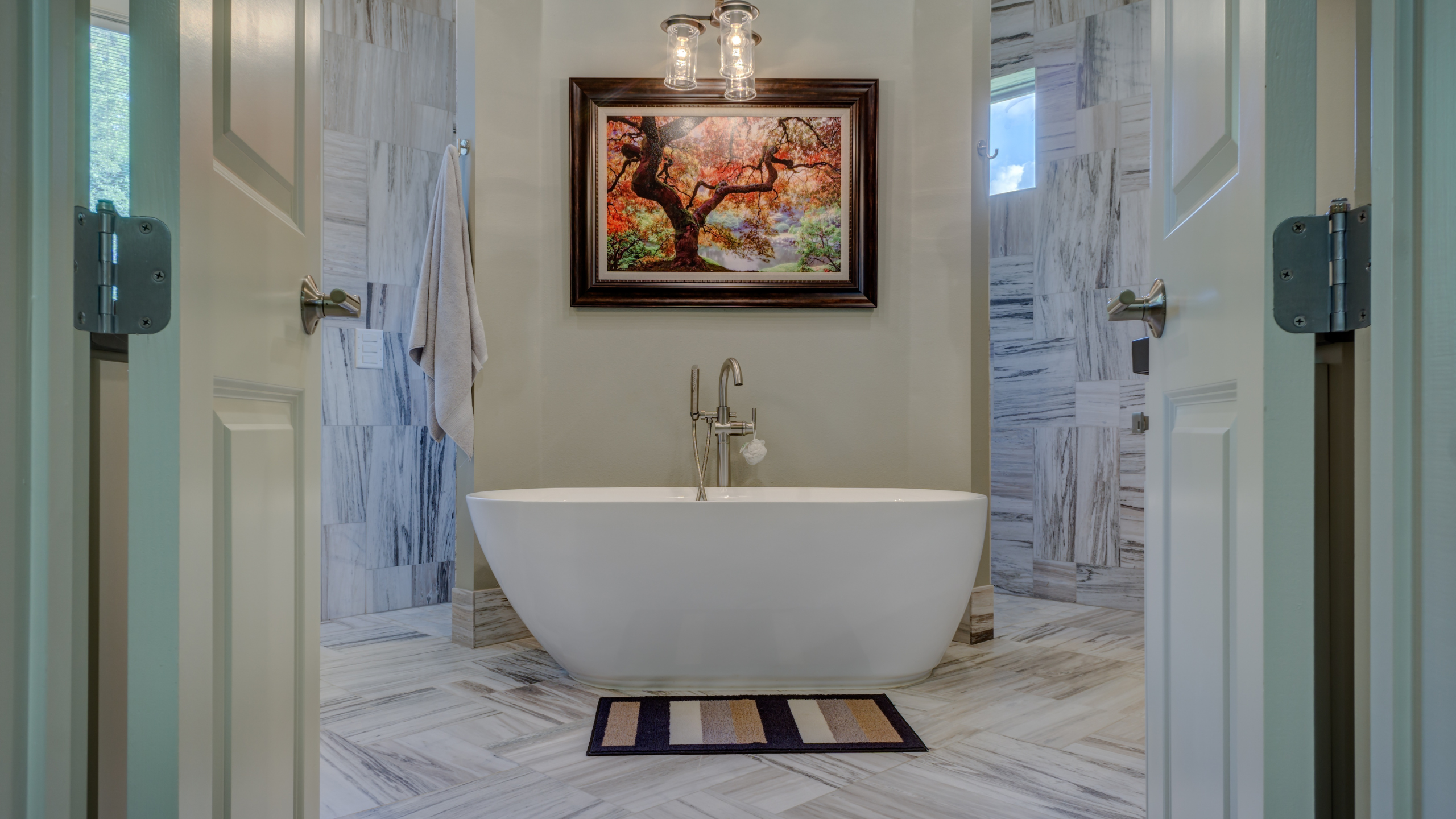One has two options if they are “blessed” with a 1950s bathroom with pastel-colored tiles (peach? teal? fading yellow?). Either accept it or prepare to remodel. Reglazing tile, tubs, and sinks is a third option that could be just as appealing as a total refurbishment but costs less time and money.
Maybe you know me by another name: Other words for reglazing include resurfacing, refinishing, and even painting, but the latter is not used in official contexts. However, the procedure is the same: A professional cleans the tiles, sink, or bathtub in your home; after they are enameled, the room is instantaneously transformed.
Reglazing could help you save money if you require a short-term or long-term fix. The technique is also very simple to use: To ensure that the enamel adheres to the tiles being reglazed, experts will acid-etch the tiles to remove the sheen and then chemically clean the surface to remove any lingering grease and oil. Tiles need to be carefully cleaned and sanded before they can be painted once more. After that, three to four coats of high-gloss enamel will be sprayed over the surfaces. Because they would quickly display stains, porous tiles cannot satisfy the desire for a matte appearance.
The fact that the new liquid enamel coating is sprayed on may have alarmed you, but don’t be alarmed—this is the greatest way to get a flawless gloss. Because both the grout and the tile have been enameled over (the enamel is only a few millimeters thick, so the grooves won’t be filled in), they will both appear uniform. You must wait at least 12 hours after the restroom has been reglazed before using it again. It might just take one day to complete the reglazing of a window. After that, nothing will be left behind—not even your grandmother’s old bathtub.
